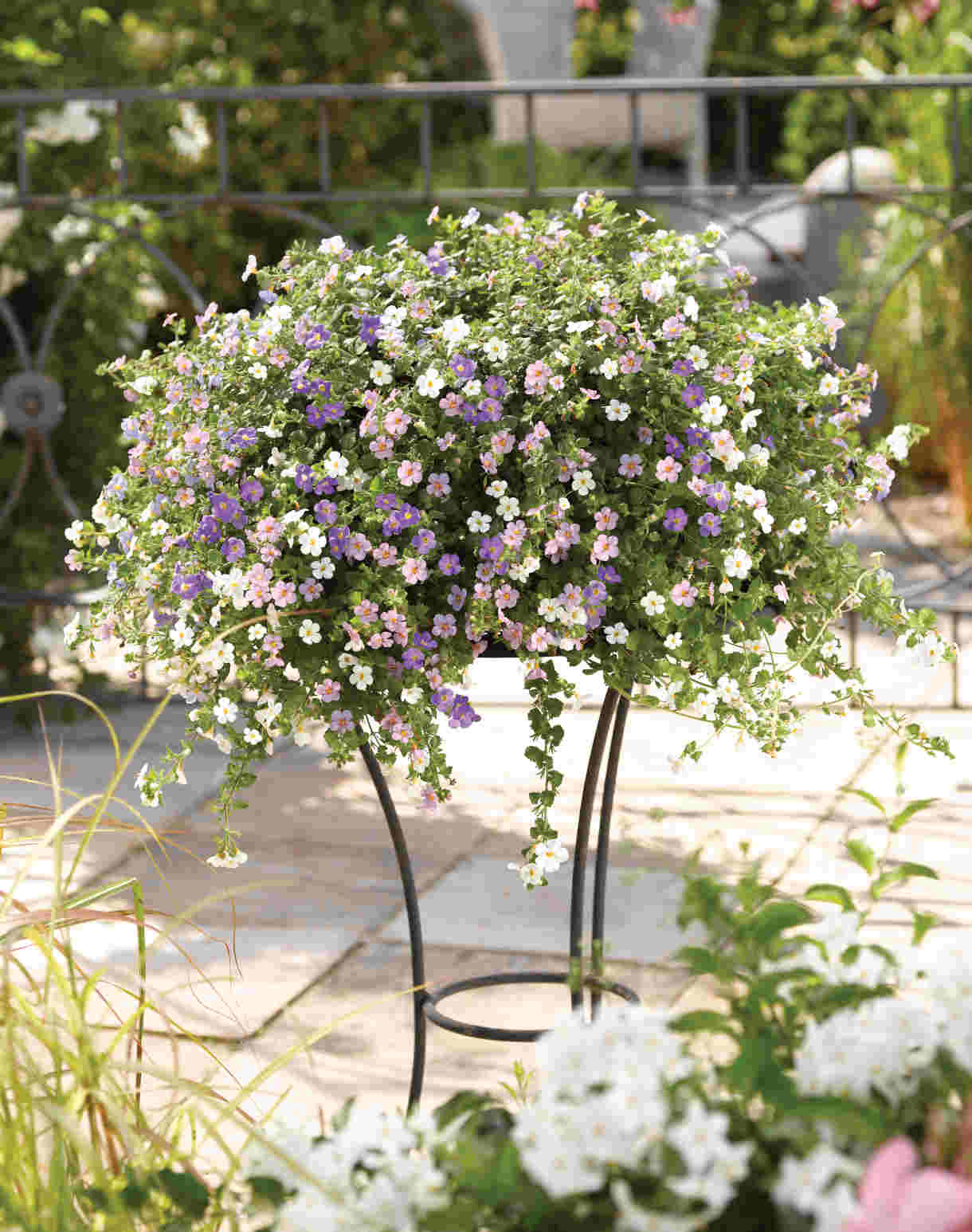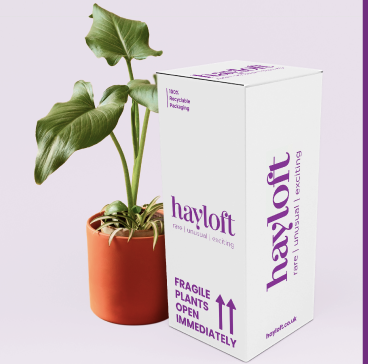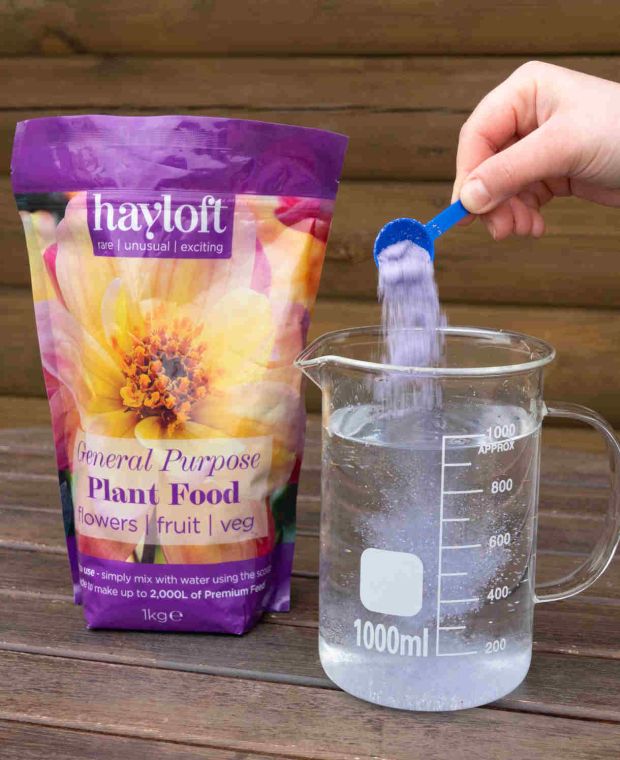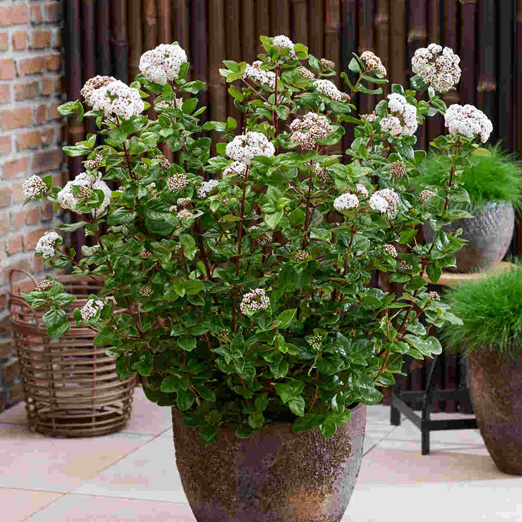How to grow Sutera
A plant of many names, most of us are likely to know this trailing, flowering, South African perennial as sutera or bacopa, though its correct botanic name is Chaenostoma. Popularly grown in the UK as summer bedding, it can often be seen spilling out of hanging baskets or containers where the usually white flowers (though sometimes pale mauve or blue) bloom for months on end. Unlike many other bedding plants, the flowers of sutera are beneficial to pollinators.
Despite one of its common names, this plant is not to be confused with the genus Bacopa – an entirely unrelated aquatic plant commonly known as waterhyssop.
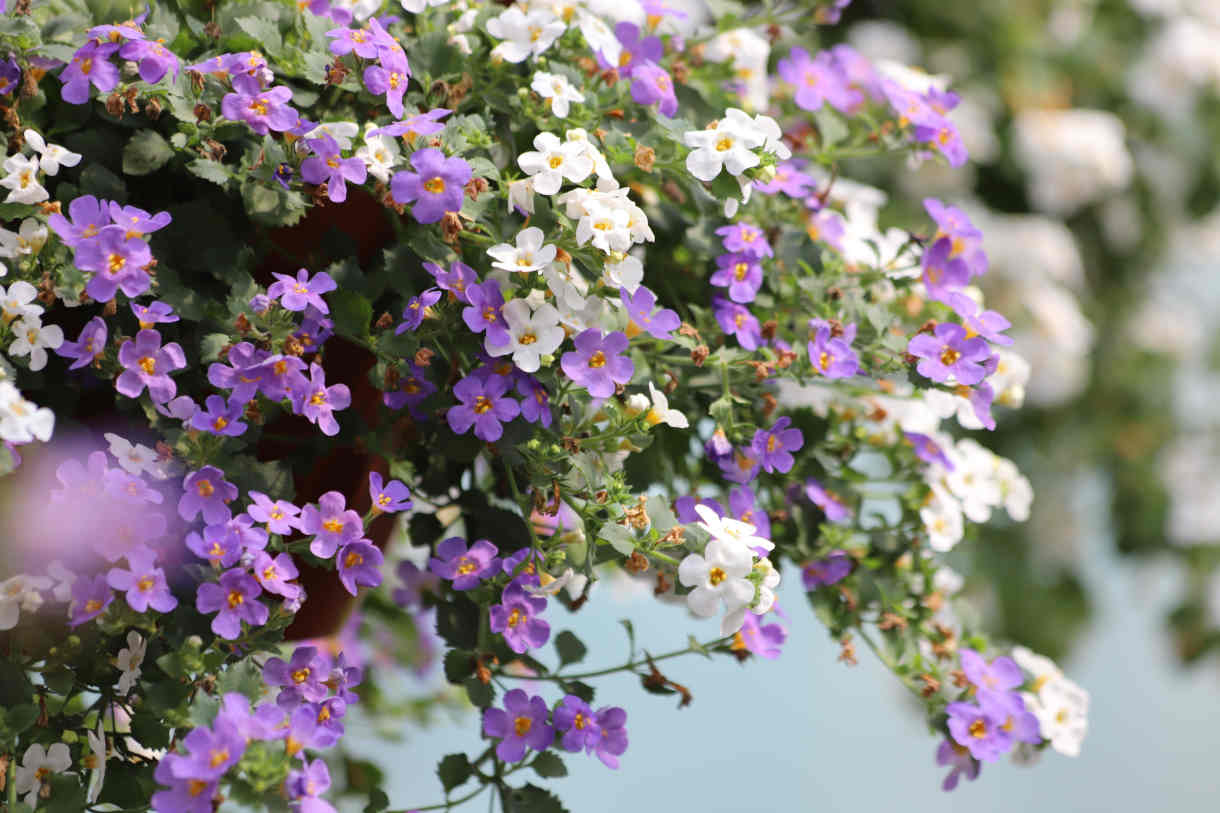
Zantedeschia is a genus of flowering plants from the family Araceae and is native to southern Africa. With a rich history dating back to the Ancient Romans, these deciduous or semi-evergreen perennials have been used as a symbol of celebration. Zantedeschia was Named after Professor Giovanni Zantedeschia, an Italian botanist.
There are two main forms of Zantedeschia: hardy and tender. Hardy forms of the plant can be grown outdoors, enjoy moist soil and full sun or partially shaded conditions - these are known as Arum lilies. Tender forms of Zantedeschia prefer being grown in containers or pots and should be brought inside over the winter - these are known as Calla lilies.
With tuberous flora in all colours from whites, yellows and oranges to deep reds and purples, Zantedeschias are not to be overlooked in any garden, as long as they have sufficient sunlight to grow in.
Ready to learn more about growing Zantedeschia? Read on for all there is to know...
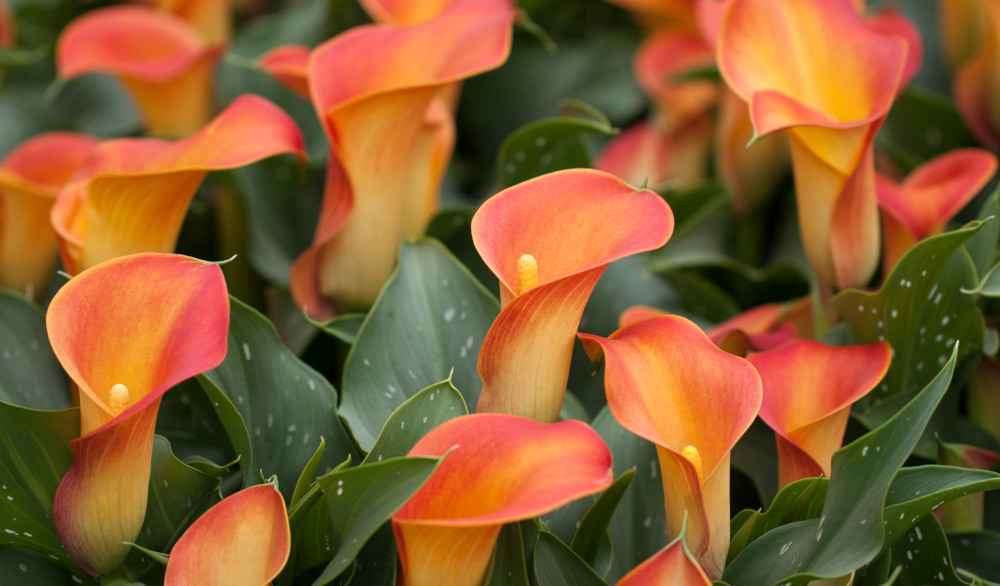
Key Information
Soil pH
Position
Hardiness

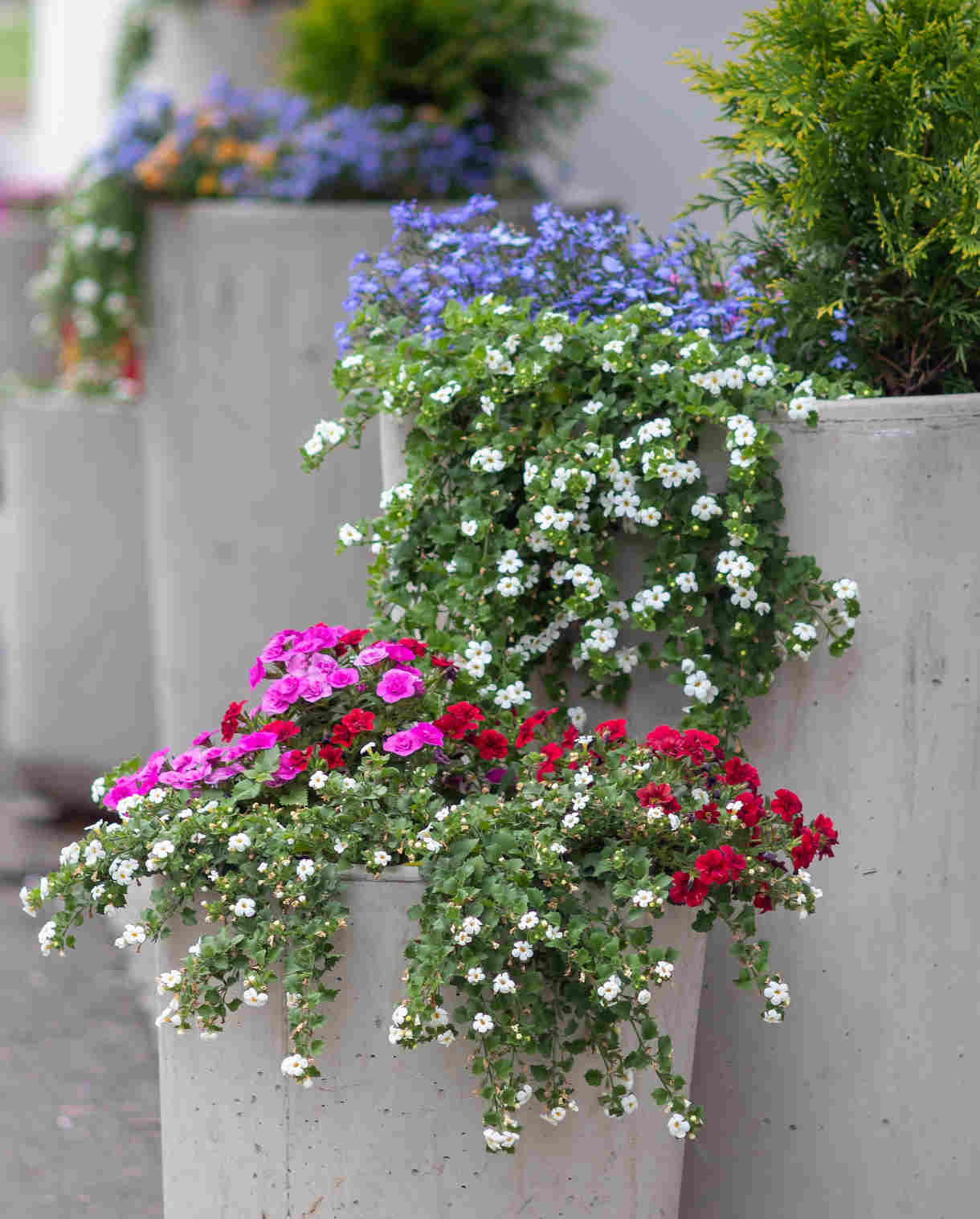
Where & when to plant Sutera
Position - Full sun gives best flowering
Soil - Fertile and well-draining
Flowering Period - Summer to autumn
Hardiness - Half-hardy, rated H3 (1 to -5°C).
Sutera hails from warmer climes than ours and can only survive outside in the UK once all risk of frost has passed. This varies from region to region, though tends to be mid to late May. If your plants arrive before it is safe to go outdoors, keep in a bright, frost-free environment until the time is right. A greenhouse, conservatory, coldframe, or sunny porch or windowsill are all ideal. Just make sure you don’t let them dry out! Small plug plants are best potted up into 9cm pots if they’re going to spend time in a ‘holding zone’ such as this.
Another important thing to note with tender plants like Sutera is the need to gradually harden them off, rather than suddenly move them outside. This slow toughening up reduces the chances of them going into ‘shock’, which can severely check growth.
The easiest way to do this is by using a cold frame opened in gradual increments over the course of a week or two. Keep the lid closed at night until the last couple of days of the hardening off period.
If you don’t have a cold frame, a bit of horticultural fleece combined with a spot of ‘musical pots’ works just as well. A week or so before you anticipate planting your Sutera out, wrap the plants in a couple of layers of fleece and place outside during the day (moving back into a warm, protected environment at night). Do this for a few days then reduce the fleece to one layer. After a few more days like this, remove the fleece completely. If it’s warm enough you can leave outside at night too, though reapply the fleece for this. At the end of the hardening off period, leave outside completely uncovered for a couple of days and nights before planting out as below.
When it comes to choosing a spot, Sutera is ideal for a summer container display, hanging basket, or window box, where it can be used as a standalone plant or as a ‘spiller’ amongst other bedding plants. You could also grow it in the open ground, perhaps to have cascading over the edge of a wall or raised bed, or spreading along the edge of a border.
How to plant Sutera
- For planting in the garden, dig the soil area removing any large stones and weeds and breaking up any lumps. Mix in some organic matter such as manure or garden compost. Rake level and firm with your heels. Rake level again.
- Water plants well and allow to drain before planting.
- Dig a hole twice the width of the root-ball.
- Place the plant in the hole, ensuring the top of the root ball sits level with the surface of the soil. Too low and the plant may rot, too high and the roots can dry out.
- Backfill with soil and firm in gently.
- Soak well with water.
- Mulch around the base with well-rotted organic matter.
- For planting in containers, first choose an appropriately sized pot or hanging basket, ensuring good drainage.
- If you are using a large or heavy pot, it can be a good idea to fill and plant it in situ to save yourself the trouble of moving once full.
- Use a loam-based potting compost such as John Innes No. 2 with a little horticultural grit mixed in and, if not already present (check the labelling on the bag) some slow-release fertiliser granules.
- Start by partially filling the pot with compost; enough so that when placed on it the upper surface of the root ball is about 3cm lower than the top of the pot.
- Fill around the plant with compost, firming down with your fingers then adding a little more so it is held tight.
- Pick up the container and lightly tap on the potting bench or ground a few times to help further settle the compost around the plant.
- Soak well with water.
- A mulch with horticultural grit will look attractive and help to prevent a ‘cap’ or crust forming on the top of the compost (something container plants can suffer due to the artificial nature of their watering).
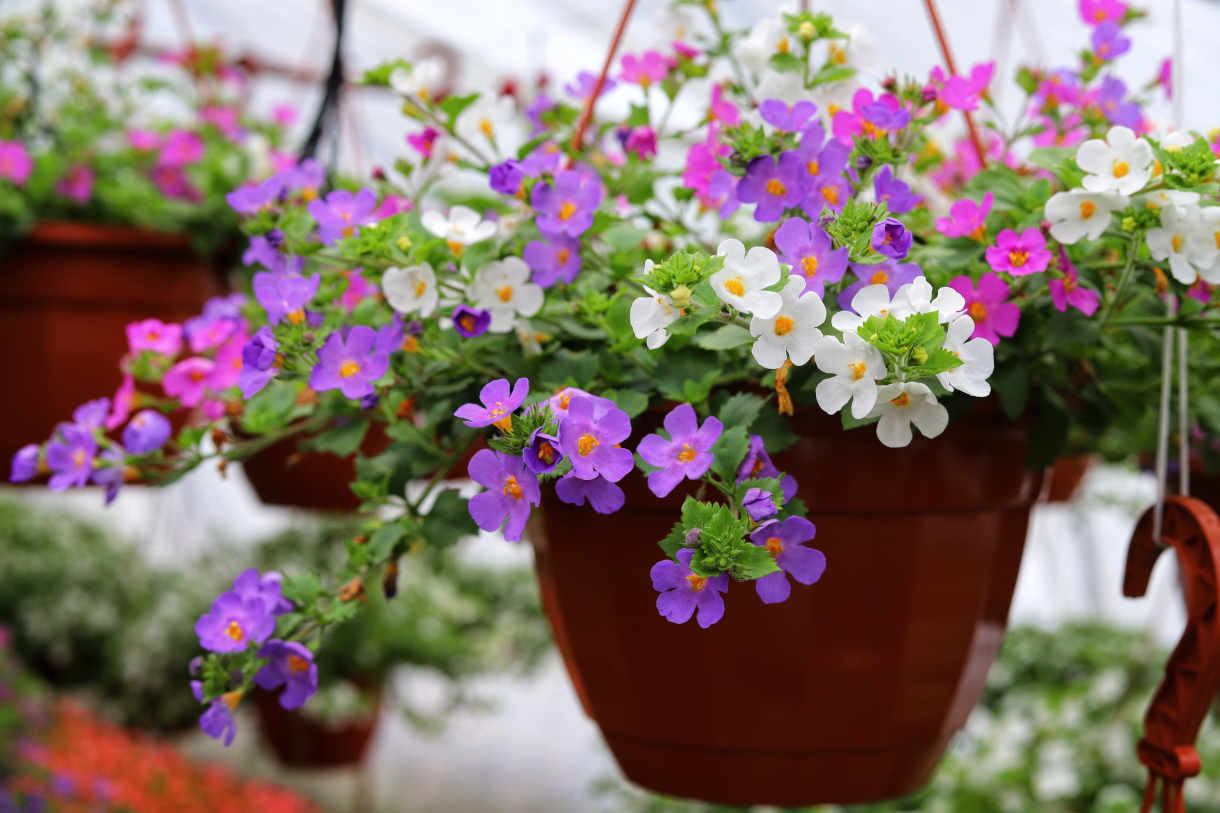
What to plant with Sutera
Summer bedding plants offer the chance to have fun with planting combinations. There’s nothing better than sticking a few vigorously trailing plants together in a container and watching as they fight it out in a glorious, summer-long explosion of colour, texture, and form. For this, we love sutera with brachyscome, calibrachoa, petunia, or trailing forms of begonia, lobelia, and fuchsia. Remember to pop in at least one foliage plant too such as dichondra.
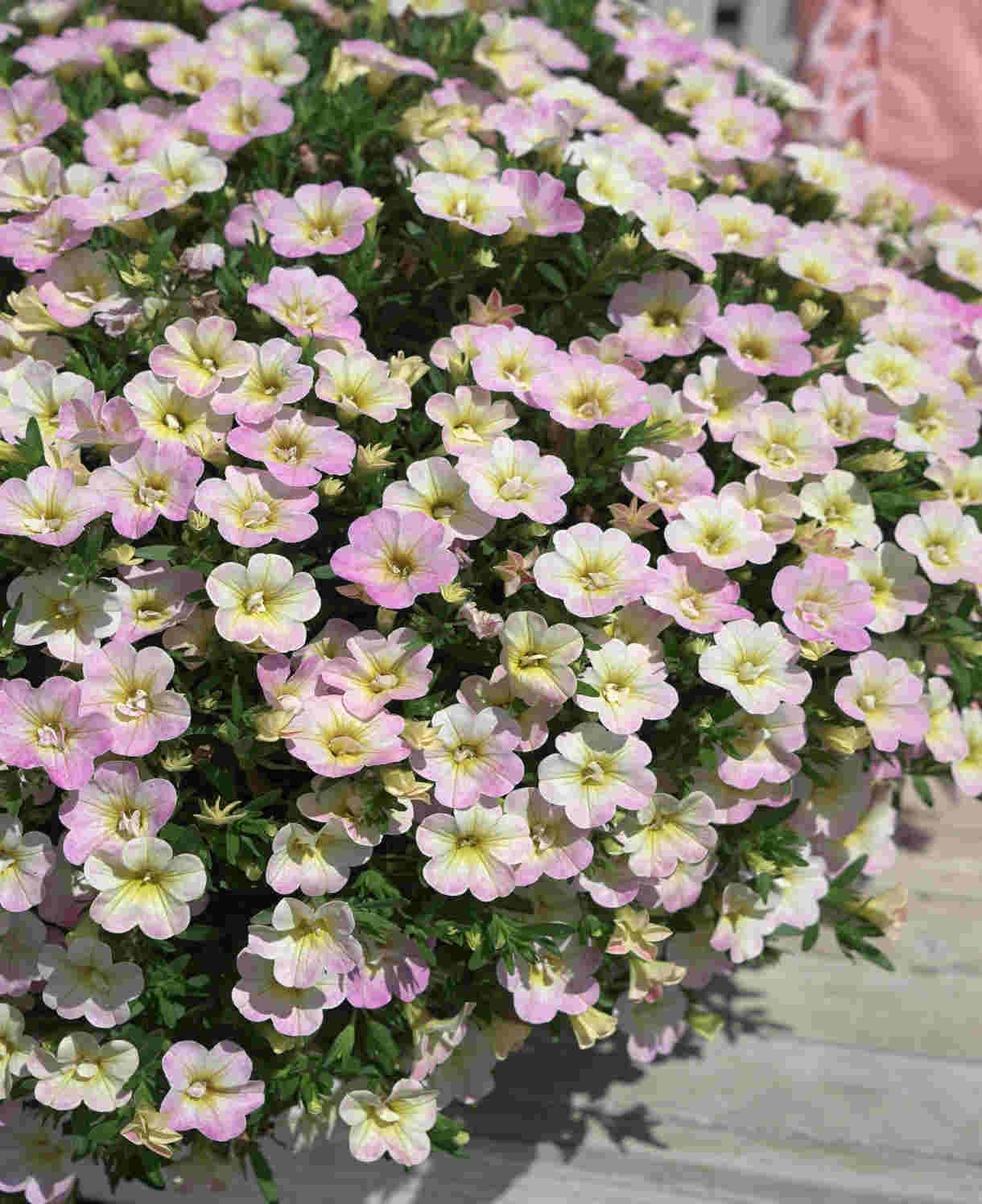
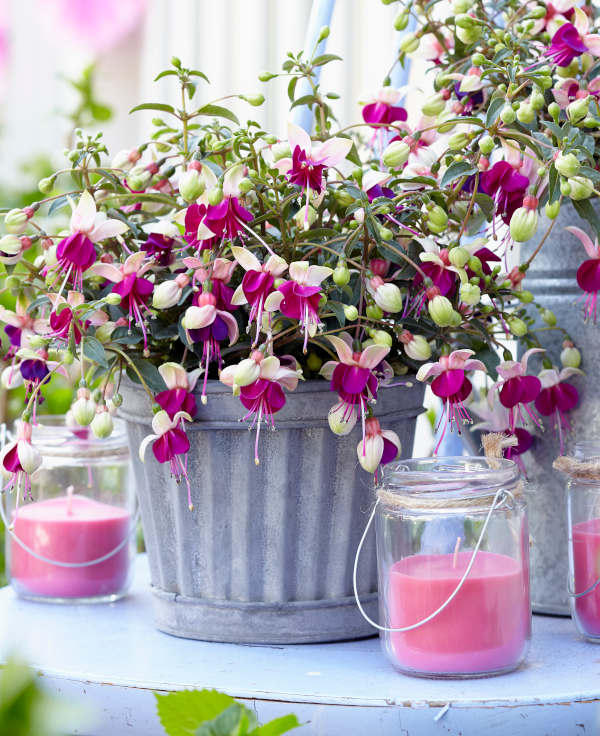
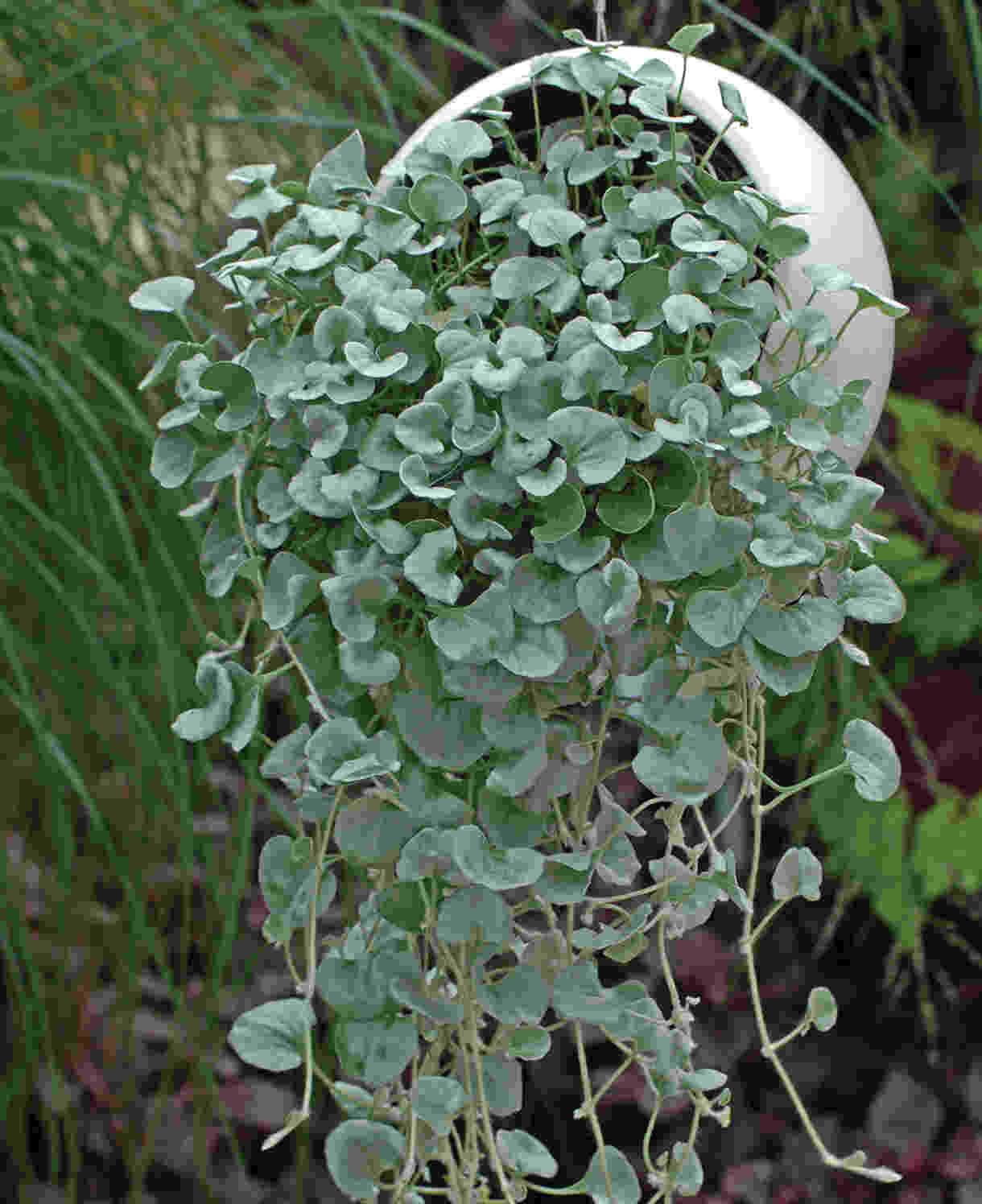
How to care for Sutera
Pruning and Deadheading
Sutera requires remarkably little attention – it keeps flowering without the need for deadheading and doesn’t require any pruning. Simply remove to the compost heap at the end of the growing season.
Watering
Sutera is a relatively thirsty plant which can be watered freely during dry weather. Aim for consistently moist but not soggy soil/ compost.
A saucer placed under a container can be a great help in maintaining moisture in the compost, though even with this in place be aware that containers can need watering as often as once a day when conditions are hot (even more if the container is very small or full). In the ground, a generous layer of mulch on planting is an effective way of locking water in the soil (see next section).
Feeding
To get the most out of hungry summer bedding plants such as sutera, regular feeding is a must – particularly when grown in containers.
In a container, use a good quality compost with slow-release fertiliser granules mixed in. These generally provide enough nutrients for around 6 weeks, after which a monthly application of balanced liquid feed can make a big difference to performance.
In the open ground, mulch newly planted sutera with a decent layer of well-rotted organic matter, i.e., manure or garden compost applied to the soil around the plant. As well as boosting the nutrient content of the soil, this has the added benefit of suppressing weeds and locking in moisture. After this, you can either leave the plant to its own devices (fine on healthy, fertile soil), or apply a balanced liquid feed as above (beneficial on poor or sandy soil).
Cold Protection
Sutera will not survive a UK winter outdoors and is usually confined to the compost heap once flowering finishes in mid to late autumn. While technically a perennial and possible to overwinter indoors, better results come from starting afresh with new plants each spring. These are widely available to buy or can be propagated at home (see ‘Propagation’ section below).
Pests and Diseases
Sutera is immune to most pests and diseases apart from aphids. As always, our advice is that these are part of a balanced garden ecosystem and the best approach is to leave them to their natural predators (e.g. birds, ladybirds, and wasps). However, when numbers are so large that their feeding starts to inhibit and disfigure growth, you may feel the need to intervene. Regularly blasting off with a hose or wiping away with a cloth or piece of kitchen paper can help to keep numbers down without harming other insects.
How to propagate Sutera
The best way to propagate sutera is with stem tip cuttings in spring or summer, ideally with bottom heat:
1. In late summer, take 10-15 centimetre cuttings from the soft tips of new, non-flowering shoots. Snip off just above a bud using sharp, clean secateurs.
2. Place in a clean plastic bag to transport the cuttings back to a potting bench or garden table.
3. Fill a container with a well-draining compost mix.
4. Trim the end of the cutting to just below a node (point at which leaves grow).
5. Remove the lowest third of the leaves.
6. Insert the cuttings into the compost and water lightly. Several cuttings can be put in the same container if there is enough space to do this without them touching.
7. Place in a heated propagating unit if you have one, or covered with a plastic bag on a warm windowsill if not (out of direct sunlight). If using a plastic bag, remove it a couple of times a week for around ten minutes. This will ensure the cuttings remain well-ventilated and don’t rot.
8. Keep the cuttings misted and occasionally watered until they root. You will know this has happened when roots emerge out of the bottom of the container.
9. Gently remove rooted cuttings and pot them into individual pots. Grow on in a protected environment such as a conservatory, greenhouse, or that windowsill again, before hardening off and planting out as above.
* Many plants carry Plant Breeders Rights and cannot be propagated for commercial purposes.
Common Sutera Questions
Is Sutera a perennial?
Technically yes, though in the UK climate it tends to be treated as an annual.
Are there lots of different Sutera species?
Around 50, though only Sutera cordata is widely cultivated. Synonyms for this include Sutera diffusa, Bacopa cordata, and Chaenostoma cordatum. It can be worth searching for all of these when looking for plants online.
What are Sutera plants used for?
Sutera plants are mainly used as ornamental ground cover or trailing plants in hanging baskets, containers, and garden beds. Bacopa monnieri is also used in herbal medicine for its cognitive benefits.
Do Sutera plants need full sun or shade?
Sutera plants thrive in full sun to partial shade. They perform best with at least 4–6 hours of sunlight daily, but too much intense heat can stress the plant, leading to fewer blooms.
How often should I water Sutera plants?
They prefer consistently moist soil but do not tolerate waterlogging. Water regularly to keep the soil damp, especially in hot weather, but ensure good drainage to prevent root rot.
Do Sutera plants attract pollinators?
Yes! Sutera plants, particularly Bacopa varieties, attract bees and butterflies, making them great for pollinator-friendly gardens.
Why is my Sutera plant turning brown or wilting?
Common causes include:
Underwatering – Soil should stay moist, not dry out completely.
Overwatering – Too much water can cause root rot.
Heat stress – Too much direct sun, especially in extreme heat, can lead to wilting.
Nutrient deficiency – A lack of nutrients may cause browning or poor growth.
Do Sutera plants need fertiliser?
Yes, they benefit from a balanced liquid fertiliser every 2–4 weeks during the growing season to encourage healthy growth and flowering.
Can Sutera plants survive winter?
Sutera plants are not frost-hardy and are typically grown as annuals in colder climates. In warmer regions they can be grown as perennials.
How do I prune or maintain a Sutera plant?
Trim back leggy growth to encourage a fuller shape.
Deadhead spent flowers to promote continuous blooming.
If the plant becomes too bushy, give it a light trim to maintain its shape.
Can Sutera plants be grown indoors?
Yes, they can be grown indoors in bright, indirect light. Make sure to keep the soil moist and provide good airflow to prevent fungal issues.
Are Sutera plants toxic to pets?
Sutera plants, including Bacopa, are generally considered non-toxic to pets. However, it’s always best to prevent pets from chewing on plants unnecessarily.
